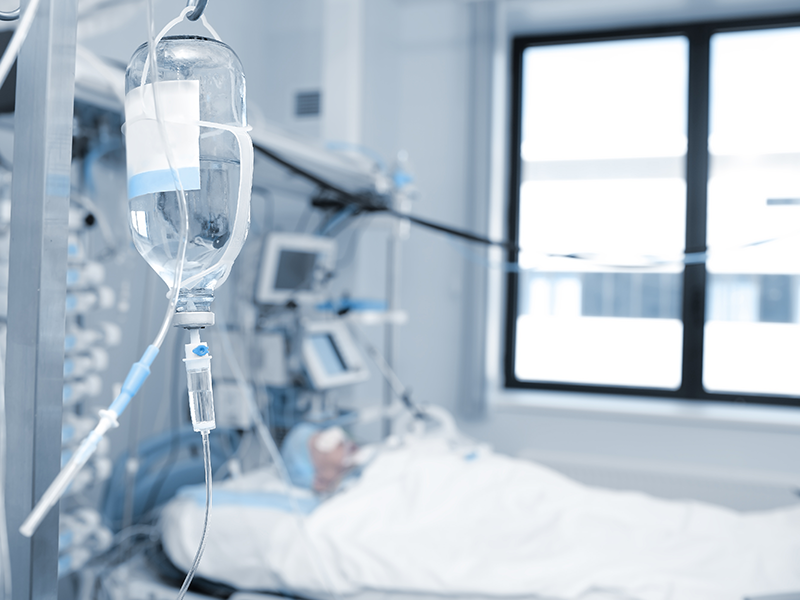
I was privileged to attend a conference in Miami on Targeted Temperature Management (TTM), more commonly known as ‘Therapeutic Hypothermia.’ The main take away was that we should cool as many people with cardiac arrest as possible. Additionally, we should cool them as fast as possible and re-warm them as slowly as possible. My favorite session of the conference was the debate between whether we should cool patients down to 33 degrees or keep them at 36 degrees. I must admit, the 33-degree camp did a good job at convincing me that keeping the patients whom we decide to cool at 33-degrees. The randomized TTM-2 trial is being conducted as we speak, which will hopefully provide answers about whether cooling patients to 33 degrees makes a difference. The key phrase in the above paragraph is this: “the patients whom we decide to cool.” Almost all of the speakers and presenters were avid believers in cooling and more specifically cooling everyone. I even asked one of the presenters, who was sitting next to me, whether he would cool an elderly patient. He replied enthusiastically, “Absolutely. I just cooled a 92-year-old, and she did well.” This is not to say that we should not offer everything we can to every patient, even if he or she is elderly. At the same time, just because we can do something doesn’t mean we should. We need to always keep the human element foremost in our minds when we take care of patients in the hospital. This reminder is especially poignant for me as an intensivist, who sees patients at their most vulnerable in the intensive care unit. For this reason, I drummed up the courage to ask the panelists about the human element. What do we do, I asked, about cooling those patients whom we know, in our heart of hearts (no pun intended) will not do well? I fully admit that this may only be my perception and not reality, but it looked like the panel was shocked at my question. One of them answered, “I think we have killed many people by withdrawing treatment early. “ Another panelist mentioned that he had no problem waiting a week after cardiac arrest to see if there would be neurological recovery, commenting that this would give the family time to absorb the inevitable loss of their loved one. Of course, prognostication after cardiac arrest is a tricky business, and I would refer you to the excellent Critical Matters podcast that covered this very subject. Nevertheless, keeping a patient on a ventilator for a week, knowing full well that he or she will not recover, is only prolonging suffering for both the patient and the family. And that is the dilemma that many of us face with the plethora of advanced medical technologies at our disposal: there are so many wonderful things we can do, but at what cost? For instance, let’s look at the statistics presented at the conference for survival after cardiac arrest. The Cardiac Arrest Registry to Enhance Survival recorded that the US had 28,289 patients. 3,042 (9.6%) survived out of Hospital cardiac arrest. That is great; that is why we do what we do: we save lives. Of those, however, 2200 (6.9%) had a good neurological outcome. Again, that is great. We seem to forget, however, that this means that 842 patients who survived did not have a good neurological outcome. That’s 842 people who are probably suffering significant neurological damage, with all the anguish that comes with it. That is also not counting their families and caregivers, who may also be suffering, about which the statistics are silent. Please do not misunderstand me. I am not saying we should not offer everything we can to our patients. I am not saying that we should stop offering targeted temperature management to patients who suffer out-of-hospital cardiac arrest. At the same time, if the burdens of treatment are worse than the disease itself, then what are we doing? What are we doing if, in the name of medical care, we caused more suffering? My late daughter had lymphoma, and we put her through six months of grueling chemotherapy. We ultimately lost the battle. Would I do it over again? Absolutely. Yet, looking back at pictures during what were ultimately the last six months of her life, I can see that she was miserable the entire time. It’s a tough situation. Sometimes, the things we do to our patients in the name of “saving their life” may be causing more suffering, more heartache, and more anguish. As clinicians, we always must keep this in mind. We must never lose sight of the human element in today’s medicine. We will be doing our patients, and ultimately ourselves, a tremendous service.